Ten ways of Web 2.0 strategies base on Mr Dion Hinchcliffe concept, I have made a web diagram for the following ways:

1st: Back to the basics: Your Web site
In the rush to experiment with social media, community features, and sophisticated online services, it’s safe to say that some companies have lost focus. Build a rich, cleanly designed and useful Web site for your customers and they will come. As well, technical skills are still valuable despite the emphasis on “easier” Web development tools.
2nd: Web development frameworks (browser, front-end)
Several popular tools: Adobe Flash, Adobe Air, Microsoft Silverlight, and to a certain extent, Java. These tools have reduced the gap between what your computer and your browser can do, make writing code much faster, Web-based, rich, line-of-business applications that we can use now taking lesser time to build compare in the past.
3rd: Web development frameworks (browser, back-end)
“We are now seeing a clean break from what has come before to develop scalable, secure applications and services with Web 2.0 best practices,” Hinchcliffe says.
He cites Python and Ruby on Rails (both free) as two top programs. “We call these productivity-oriented frameworks because they can be 10 to 20 times more productive in developing code than older technologies,” he says. “That is enormous because when you are developing software, talent is most of the cost.”
4th: Collaboration Software
Microsoft’s collaboration software, Sharepoint, which in its early days was a simple document sharing tool, is now chockfull of social networking features, including tools to support blogs, wikis, and a robust interactive community. It’s free version, Windows SharePoint Services, which comes with Windows, you can do BI, reporting, and integration, and it’s an entire application development platform as well.
Google Docs can easily do all the basics, including making bulleted lists, sorting by columns, adding tables, images, comments, formulas, changing fonts and more.
If you want to work and share docs within the team, now every team members can view and make changes at the same time. There’s an on-screen chat window for spreadsheets, and document revisions show you exactly who changed what, and when. We can also add in more details or comments.
Users love the tool because it consolidates information from many applications, and loves it because it’s a single technology they can use for many purposes.
5th: SaaS
Software-as-a-service (SaaS) keeps growing and growing and growing, experts and analysts say, with many large companies adding SaaS components to on-premise software installations. Salesforce.com, considered the bellwether of the SaaS industry, reported record revenue of $305 million, up 23% from 2008, in its fiscal first quarter ended April 30, 2009. SaaS is winning favor because it’s often 20% cheaper than managing a non-premise application. SaaS is on track to be the dominant model for software by 2012. There are still lots of security issues, but the economics are definitely there. The other sweeping advantage is the flexibility that companies gain by rapidly adding new functionality. The paradigm shift is where you can go acquire a piece of what you need and assemble that into the software that you already own.
6th: Cloud computing
It’s only a matter of time before cloud computing gains its place on center stage.
Sure, there are still security and reliability issues, but what aspect of IT doesn’t have that today?
Cloud services, offered by tech giants such as
They are making it relatively painless and certainly cheaper for a company to add infrastructure than if they were doing it themselves. They also gain best practices from the cloud provider. If the company decides it doesn’t need that extra infrastructure in six or 12 months, it simply cancels the service. That’s why enterprise customers are now doing cloud computing pilots, whereas a year ago, CIOs were turning up their noses at the concept.
7th: Micro-blogging
Using social networking sites to broadcast news and other information about your company is a pretty darn cheap and widely acceptable way to engage with your community of partners, customers, and prospects. From the IT management side, there’s not much to do and why not educate your executives about the social Web?
“It’s virtually free, except for the labor involved, and you have unprecedented reach into decision makers,” says Jonathan Jaffe, founder of its-your-internet.com, a New York City-based company that advises organizations on technologies for online marketing.
This will change because as more people use Twitter these individuals will get bombarded, but now there’s a lot of accessibility. IT people are also broadcasting technical problems to the social Web and sometimes getting answers within an hour or two from vendors and experts.
8th: Internal social networking
Companies are best off starting internally when experimenting with social media. For one thing, it’s better to make a mistake inside the company than with customers and influencers. For another, employees increasingly prefer to communicate via social media, and now, enterprise social networking tools incorporate security and other requirements that big companies seek.
Leading Web-based applications for internal blogs, micro-blogging, mashups, and wikis include Confluence by Atlassian, Socialtext, and the open-source MediaWiki. Such tools are often available at a fraction of the cost of traditional collaboration products (from companies such as Microsoft and IBM).
9th: Bridging the gap between developers and finance
This isn’t a technology but a strategy; IT pros should stay close to the people who hold the purse when they are looking into new applications and projects, as always.
“From my point of view, having developed Web applications for the past 13 years, a key issue I’ve seen everywhere is the communication gap between the financial controller (FC) of the company and the development team members. So my advice is don’t focus too much on the buzzwords. Get in synch with your FC and look at your projects from a business point of view.” Dan Bridge, a UK-based developer
10th: Thinking small
- The beauty of Web 2.0 is that you don’t have to invest loads of cash or time to experiment.
- Small projects are often the way to go. In fact, one might say that in today’s world of layoffs, small is big.
- Check out all the social media tools and sites that you can and then consider: Could any of these ideas work in-house or on our public site?
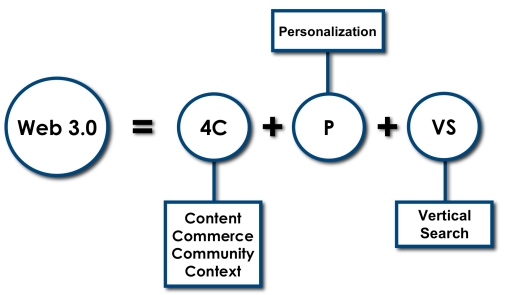


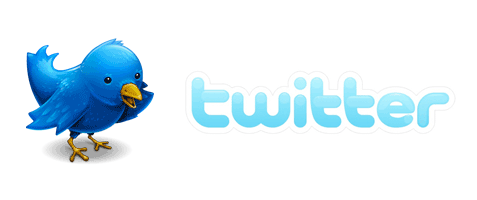
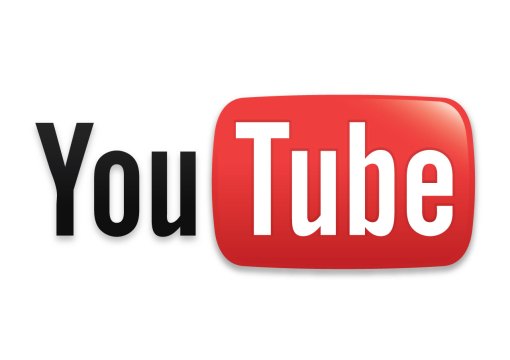


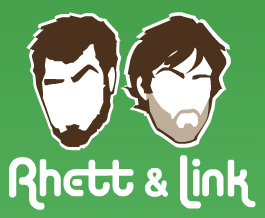



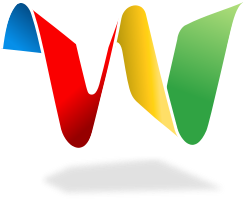



Recent Commments